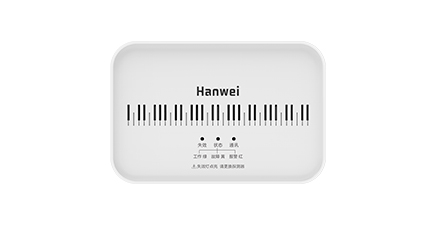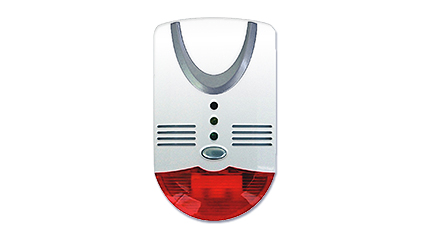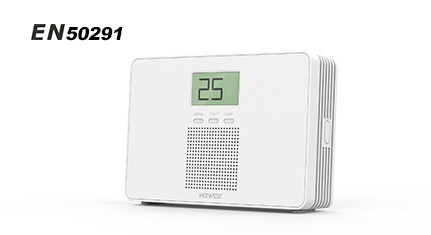Home Carbon Monoxide Detector: Your Essential Safety Companion
In today's world, ensuring the safety of your home and loved ones is paramount. One of the most critical yet often overlooked dangers is carbon monoxide (CO) poisoning. This silent killer is odorless, colorless, and tasteless, making it impossible to detect without the right equipment. That's where a home carbon monoxide detector comes in—a must-have device for every household. In this article, we’ll explore why a home carbon monoxide detector is essential, how it works, and the best scenarios for its use.
Why would You Need a Home Carbon Monoxide Detector
Carbon monoxide is produced by the incomplete burning of fuels such as gas, oil, wood, and coal. Common household appliances like furnaces, water heaters, fireplaces, and stoves can become sources of CO if not properly maintained. Without a home carbon monoxide detector, you may not realize there’s a problem until it’s too late. Symptoms of CO poisoning include headaches, dizziness, nausea, and even death in severe cases.
A home carbon monoxide detector continuously monitors the air for CO levels and alerts you with a loud alarm if dangerous levels are detected. This early warning system can save lives and prevent long-term health issues.
How does a Home Carbon Monoxide Detector Works
Modern home carbon monoxide detectors are designed to be user-friendly and highly effective. They use advanced electrochemical gas sensor to detect even trace amounts of CO in the air. When CO level reaches a dangerous threshold, the detector will emit a loud, unmistakable alarm to alert everyone in the home with audible sound. Many models also feature digital displays that show real-time CO levels, providing peace of mind and allowing you to take immediate action.
Some advanced detectors even come with smart features, such as connectivity to your smartphone. This allows you to receive alerts remotely, ensuring you’re informed even when you’re away from home.
Key Applications and Scenarios for a Home Carbon Monoxide Detector
1. Residential Homes: Every home with fuel-burning appliances should have at least one home carbon monoxide detector. Install it near sleeping areas to ensure the alarm can be heard at night.
2. Apartments and Condos: Even in smaller living spaces, CO can build up quickly. A compact, wall-mounted detector is ideal for apartments.
3. Vacation Homes and Cabins: Properties that are not occupied year-round are at higher risk for undetected CO leaks. A home carbon monoxide detector ensures safety whenever you visit.
4. RVs and Boats: Fuel-powered vehicles and vessels can also produce CO. Portable detectors are perfect for these environments.
5. Offices and Small Businesses: Protect employees and customers by installing detectors in spaces with heating systems or kitchens.
Choosing the Right Home Carbon Monoxide Detector
When selecting a home carbon monoxide detector, consider the following features:
- Battery Life: Opt for long-lasting or hardwired models with battery backups.
- Digital Display: Real-time CO level monitoring adds an extra layer of safety.
- Smart Connectivity: Receive alerts on your phone for added convenience.
- Certifications: Look for devices that meet safety standards like UL 2034 or EN 50291(Check certified Home Carbon Monoxide Detector from Hanwei).
Conclusion
A home carbon monoxide detector is a small investment that can make a life-saving difference. Whether you’re at home, on vacation, or on the road, this device ensures you’re protected from the invisible threat of carbon monoxide. Don’t wait until it’s too late—equip your home with a reliable home carbon monoxide detector today and enjoy the peace of mind that comes with knowing your family is safe.
Share:
Read More
- >>Previous: Happy Mid-Autumn Festival!
- >>Next: No







